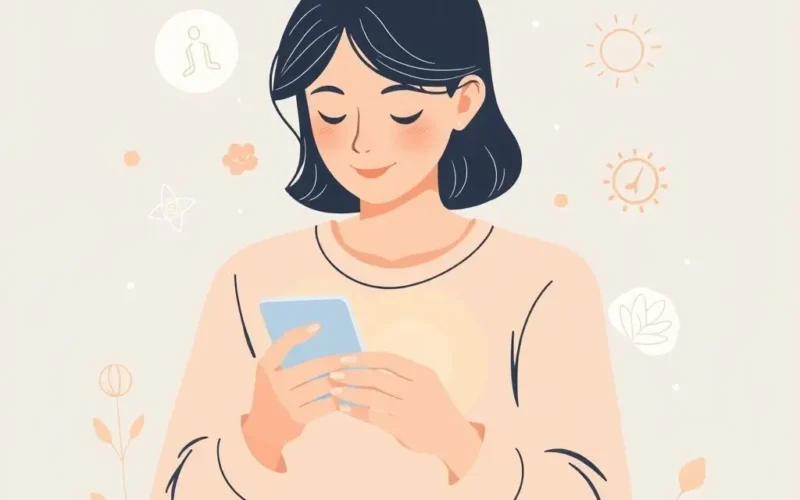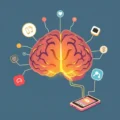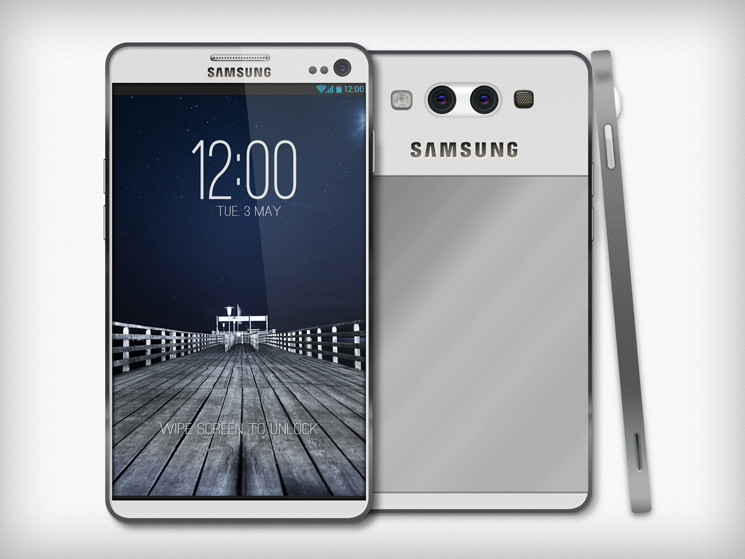Ever scrolled through your phone and felt a confusing mix of connection and isolation? It’s like that little device holds the keys to both incredible resources and potential pitfalls for our state of mind. Technology has woven itself into every facet of modern life, and its impact on our mental well-being is a conversation we absolutely need to have.
Gone are the days when mental health support felt distant or inaccessible. Tech has thrown open new doors, offering platforms for connection, tools for self-care, and avenues for professional help right at our fingertips. Yet, alongside this incredible potential, there’s a shadow side – the endless scroll, the pressure of online appearances, the sting of negativity. It’s a landscape filled with both bright opportunities and lurking challenges.
Before we dive deeper into this complex relationship, take a moment to ponder this duality with a short visual piece we put together:
Table of Contents
The Bright Side: How Tech Boosts Mental Well-being
Let’s start with the undeniable positives. Technology has democratized access to mental health resources in ways previously unimaginable.
Enhanced Accessibility and Convenience
One of the most significant contributions of tech is breaking down geographical and financial barriers to support. Online therapy platforms connect individuals with licensed professionals from the comfort of their homes, often at more flexible times and potentially lower costs than traditional in-person sessions. This is revolutionary for people in rural areas, those with mobility issues, or individuals who simply feel more comfortable discussing sensitive topics in a familiar environment.
A Wealth of Self-Help Tools
Mental wellness apps have exploded in popularity. These range from guided meditation and mindfulness exercises to mood trackers, journaling prompts, and cognitive behavioral therapy (CBT) based tools. They empower individuals to build coping skills, monitor their emotional states, and practice relaxation techniques daily. While not a replacement for professional help for severe conditions, these tools offer valuable support for managing stress, anxiety, and improving overall emotional resilience.

Building Online Communities and Reducing Isolation
For many, finding people who understand their struggles can be challenging. Online support groups and forums provide spaces where individuals with similar mental health conditions can connect, share experiences, offer mutual support, and feel less alone. These communities can foster a sense of belonging and validate feelings that might otherwise feel isolating. They offer peer support that complements professional care.
Increased Awareness and Reduced Stigma
Social media and online platforms have become powerful engines for raising awareness about mental health issues. Campaigns, personal stories shared by influencers and everyday people, and educational content are helping to normalize conversations around mental illness, challenge stigma, and encourage help-seeking behavior. This visibility is crucial in shifting societal attitudes.
The Shadow Side: When Tech Takes a Toll
Despite the promising advancements, the constant immersion in the digital world presents significant challenges to our mental state.
The Trap of Social Comparison and FOMO
Scrolling through carefully curated online lives can trigger feelings of inadequacy, envy, and the Fear of Missing Out (FOMO). People often present idealized versions of themselves online, leading others to compare their own realities unfavorably, contributing to anxiety and low self-esteem.
The Menace of Cyberbullying
Technology provides a platform for hurtful behavior that can have devastating effects. Cyberbullying, harassment, and online abuse can occur relentlessly, often providing little escape for the victim. The anonymity or perceived distance online can embolden aggressors, leading to severe psychological distress, depression, and anxiety for those targeted.
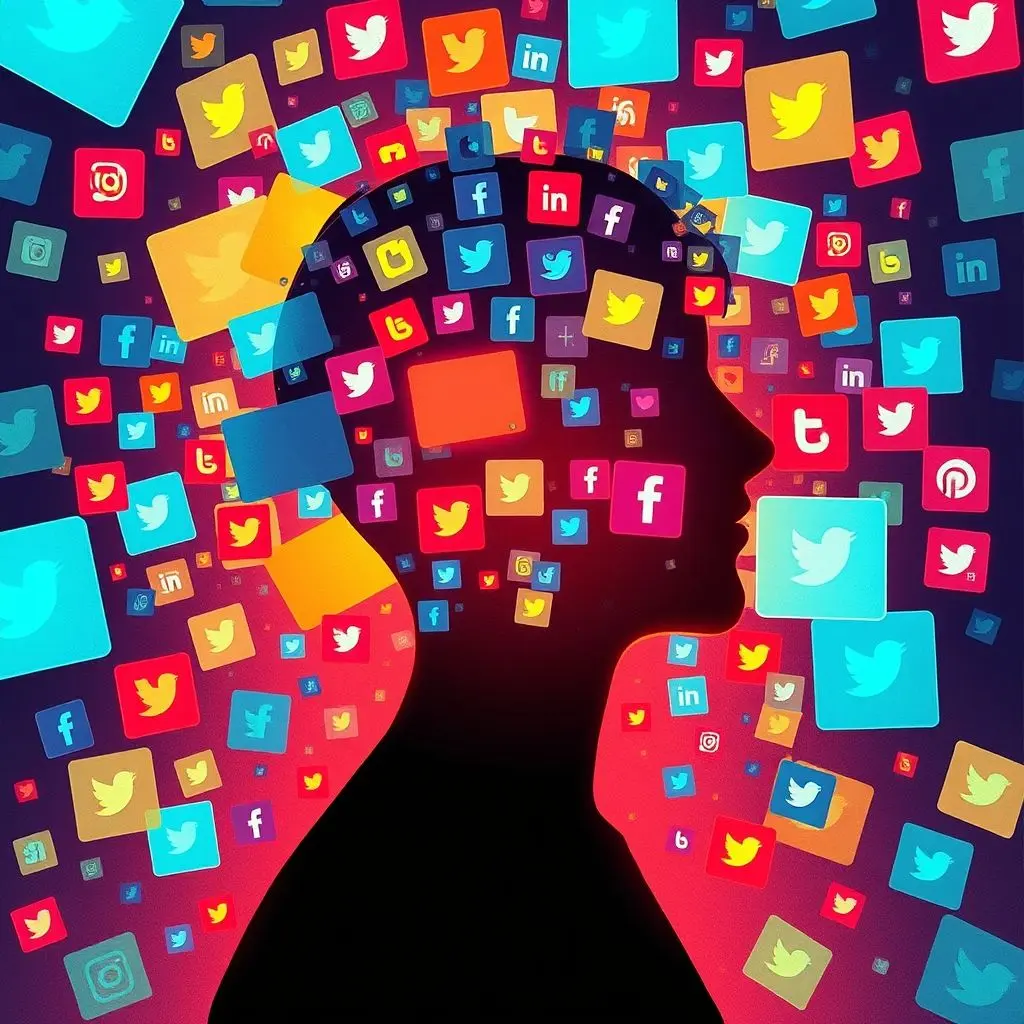
Information Overload and Notification Fatigue
The constant barrage of notifications, news updates, and endless content streams can overwhelm our cognitive resources, leading to stress and difficulty focusing. The brain is constantly in a state of alert, waiting for the next ping, which can impact our ability to relax and be present.
Digital Addiction and Disconnecting from Reality
The design of many apps and platforms is intentionally addictive, utilizing psychological triggers to keep users engaged. Excessive screen time can lead to neglecting real-life responsibilities, relationships, and activities that are crucial for mental and physical health. This dependency can feel like an addiction, making it hard to disconnect and engage with the world beyond the screen.
Disrupted Sleep Patterns
Using screens, especially close to bedtime, exposes us to blue light which interferes with melatonin production, a hormone essential for regulating sleep. Poor sleep is strongly linked to worsened mood, increased anxiety, and difficulty managing stress. The urge to check notifications during the night also contributes to fragmented sleep.
Navigating the Digital Landscape Mindfully
Given this duality, the key isn’t necessarily to abandon technology, but to learn how to use it as a tool that enhances rather than harms our well-being. This requires conscious effort and setting boundaries.
Set Clear Boundaries and Limits
Define specific times or places where technology is off-limits (e.g., bedrooms, during meals, for the first hour after waking up). Use built-in screen time trackers and app limits on your devices. Turn off non-essential notifications to reduce distractions.
Curate Your Digital Diet
Be intentional about the content you consume and the people you follow online. Unfollow accounts that make you feel inadequate or stressed. Seek out positive, inspiring, and educational content that contributes to your growth and well-being.
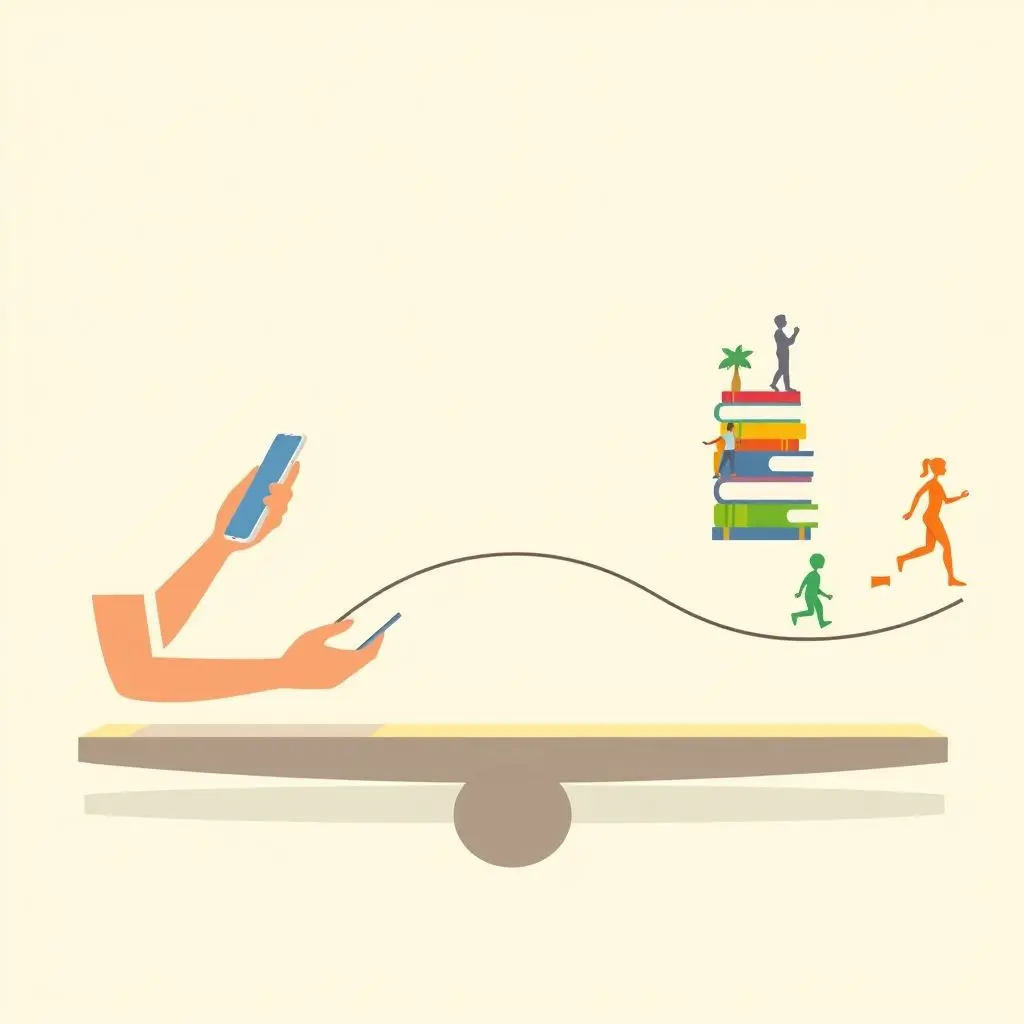
Prioritize Real-World Connections
Make a conscious effort to nurture in-person relationships. Schedule face-to-face time with friends and family. Engage in hobbies and activities offline. Remember that genuine human connection is irreplaceable for emotional health.
Engage Actively, Not Just Passively
Instead of endless passive scrolling, use tech intentionally. Learn a new skill, connect with supportive communities, or use mental wellness apps actively for self-improvement rather than just distraction.
Seek Professional Help When Needed
If you are struggling with your mental health, technology can be a gateway to help (like finding online therapy), but it’s crucial to connect with qualified professionals. Don’t rely solely on apps or online communities for serious mental health conditions.
Frequently Asked Questions
Can mental health apps replace therapy?
No, mental health apps are generally designed as supplementary tools for self-care, stress management, and skill-building. They are not a substitute for professional diagnosis, treatment, or therapy, especially for moderate to severe mental health conditions. Think of them as helpful companions, not replacements for expert guidance.
How do I find reputable mental health apps?
Look for apps developed by mental health professionals or organizations. Check reviews, privacy policies (especially regarding data sharing), and see if they are based on evidence-based practices like CBT or mindfulness. Be wary of apps making unrealistic claims.
What are the signs that technology might be negatively impacting my mental health?
Signs can include increased anxiety or depression after using certain platforms, difficulty sleeping, feeling constantly overwhelmed or distracted, neglecting real-life relationships or responsibilities for screen time, comparing yourself negatively to others online, or experiencing symptoms of digital addiction.
Is online therapy as effective as in-person therapy?
Research suggests that for many conditions, such as depression and anxiety, online therapy can be just as effective as in-person sessions. However, effectiveness can vary depending on the individual, the specific condition, and the therapeutic approach used. It offers a convenient alternative but might not be suitable for everyone or every situation.
Finding Equilibrium in the Digital Age
Technology is not inherently good or bad for our mental health; it’s the way we interact with it that shapes its impact. Like any powerful tool, it can be used to build and heal, or it can cause harm if wielded without awareness or control. The ongoing challenge for all of us is to cultivate a mindful relationship with our devices, leveraging their benefits for support and connection while actively mitigating the risks of overload, comparison, and disconnection.
Ultimately, thriving in the digital age means recognizing that the most vital connections and the deepest well-being often require us to look up from the screen and engage with the world and people around us.
